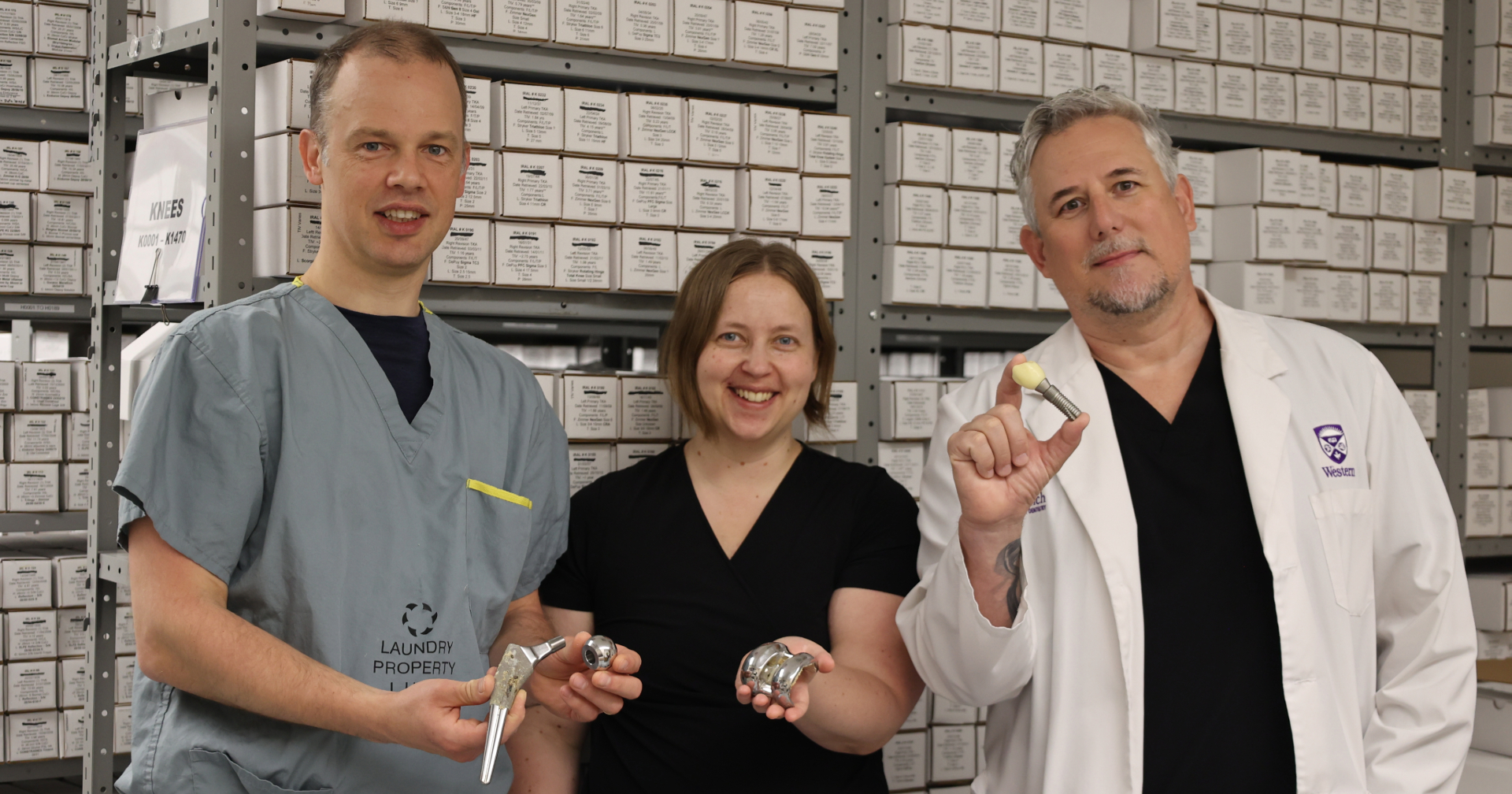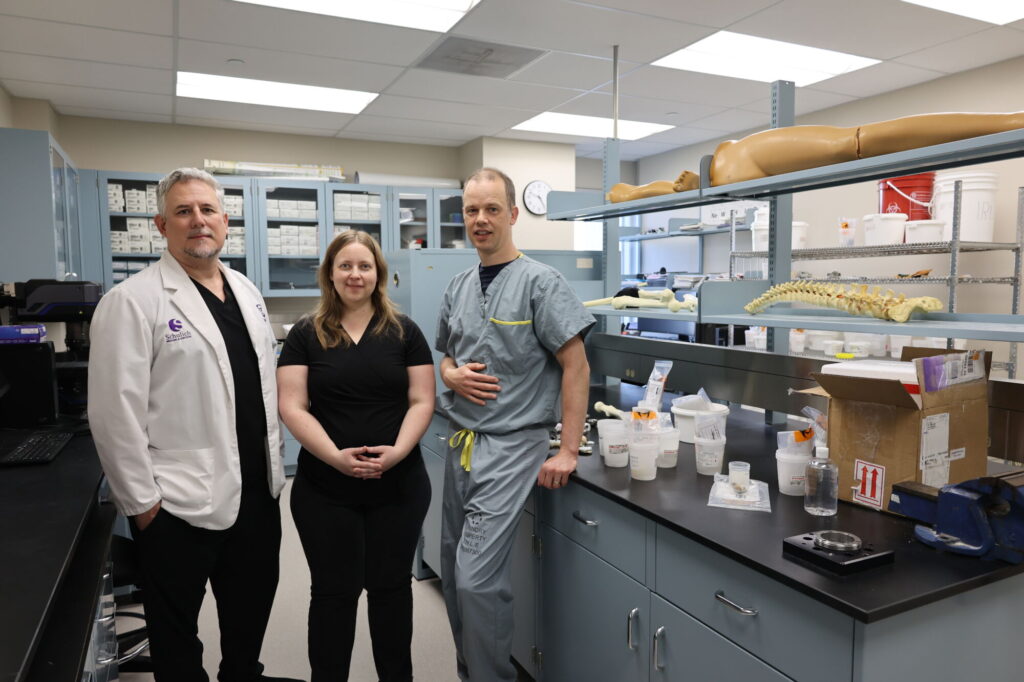
Bulletin of Dental Education Article
Archive
- Bulletin of Dental Education | December 2024, Volume 57, Issue 12
- Bulletin of Dental Education | November 2024, Volume 57, Issue 11
- Bulletin of Dental Education | October 2024, Volume 57, Issue 10
- Bulletin of Dental Education | September 2024, Volume 57, Issue 9
- Bulletin of Dental Education | January 2025, Volume 58, Issue 1
- Bulletin of Dental Education | February 2025, Volume 58, Issue 2
- Bulletin of Dental Education | March 2025, Volume 58, Issue 3
- Bulletin of Dental Education | April 2025, Volume 58, Issue 4
- Bulletin of Dental Education | May 2025, Volume 58, Issue 5
- Bulletin of Dental Education | June 2025, Volume 58, Issue 6
- Bulletin of Dental Education | July 2025, Volume 58, Issue 7
- Bulletin of Dental Education | August 2025, Volume 58, Issue 8
- Bulletin of Dental Education | September 2025, Volume 58, Issue 9
- Bulletin of Dental Education | October 2025, Volume 58, Issue 10
- Bulletin of Dental Education | November 2025, Volume 58, Issue 11
MEMBER FOCUS: Western University’s Bone and Joint Institute Team Connects Dental Implant and Artificial Joint
Interdisciplinary project on implants, corrosion drives Western University in Ontario research to improve patient outcomes
During the NHL playoffs, attention across the country turns to the arenas of those Canadian teams battling for the Stanley Cup. An unrecognized fact is that the number of Canadians receiving an orthopedic implant, such as an artificial hip or knee, each year would fill the stands of all seven Canadian NHL teams’ arenas. Adding those who receive a dental implant would fill the arenas three times over.
Despite how common orthopedic and dental implants are and how they often fail in similar ways, the orthopedic and dental communities have, until now, operated completely independently. This could mean solutions to improve patient outcomes are being overlooked.

Western University's Bone and Joint Institute brought together an interdisciplinary team to study implants. From left to right: Brent Lanting, M.D., M.Sc., FRCSC, Schulich Dentistry Professor and Orthopedic Surgeon, Yolanda Hedberg, Ph.D., Western University Chemistry Professor and Les Kalman, B.Sc. (Hon.), D.D.S., Schulich Dentistry Professor and Dentist. (Photo credit: Parshati Patel/Western Research).
“As a corrosion scientist, it seemed obvious to me that orthopedic and dental implants should be studied together,” said Yolanda Hedberg, Ph.D., Canada Research Chair in Corrosion Science and a scientist at the Bone and Joint Institute at Western University in London, Ontario, Canada.
“Not only are the implant materials similar, but clinicians describe the ways the implants fail by loosening or becoming infected in similar terms. By bringing together different disciplines, we hope to identify patient and implant factors leading to failure and share this with implant manufacturers and care teams, to develop and test new implant technologies and surgical techniques.”

Western researchers Drs. Les Kalman, Yolanda Hedberg and Brent Lanting form an interdisciplinary team examining implants. (Photo credit: Parshati Patel/Western Research).
Interdisciplinary Approach to Solutions
Since arriving at Western University in 2020, Dr. Hedberg has built a collaboration with Orthopedic Surgeon Brent Lanting, M.D., M.Sc., FRCSC and the Implant Retrieval Laboratory at the London Health Sciences Centre Research Institute (LHSCRI). The lab is led by Matthew TeeterMatthew Teeter, Ph.D., Director of Western University’s Bone and Joint Institute and a scientist at LHSCRI.
When the institute launched its inaugural Grand Challenges competition, in 2024, Dr. Hedberg partnered on a successful application with Les Kalman, B.Sc. (Hon.), D.D.S., a dentist and Professor at the Western University Schulich School of Medicine & Dentistry (Schulich Dentistry). The competition aims to explore new perspectives and find unique solutions for big societal problems by connecting experts from different sectors and disciplines.
Together, Drs. Hedberg and Kalman built an interdisciplinary team with expertise in surgery, biomaterials, medical imaging and infection that expands from Western University and LHSCRI to the University of Ottawa, University of Manitoba, Dartmouth University and Rush University Medical Center. With seed funding and staff support from Western University’s Bone and Joint Institute, the team has the necessary building blocks to investigate the root causes of implant failures and better position themselves to secure large research grants, its members say.
The goal of the team is to maximize the function and longevity of implants—ultimately improving quality of life for many people.
The team will track common failures that occur in orthopedic and dental implants, assess standard and unique techniques used in both fields and examine how the corrosion of dental implants affects stability in 3D-printed bone models. With state-of-the-art facilities at their disposal, the team will be able to adjust the natural corrosion process so studies can be completed faster. The information from the studies will lead to the development and testing of new implant technologies and surgical techniques to improve patients’ lives.
“This is a really exciting opportunity for dentistry to work with orthopedic researchers and bring together the best of both communities.”
– Dr. Les Kalman, Dentist and Schulich Dentistry Professor
“The Bone and Joint Institute has helped us tremendously to bring the team together and go after funding opportunities to support our work. I can’t wait to see the impact we will bring to the field,” Dr. Kalman added.
Working Toward Better Patient Outcomes
The team has already received a grant from the Network for Canadian Oral Health Research that will be used to host a Bone and Joint Institute workshop at Western University later this year. The event will connect the team with new and diverse partners, explore knowledge gaps and identify priority opportunities to advance their research.
Additional grants have been sought to study Canada’s largest collection of failed dental, hip, knee and shoulder implants housed in the LHSCRI lab.
Whether the implant is for the hip or the mouth, Drs. Hedberg and Kalman and their team have one goal in mind: The implant should last the patient’s lifetime. Regardless of their favorite hockey team, that’s something all orthopedic and dental implant patients can cheer for.
Courtesy of Western University Schulich School of Medicine & Dentistry
Published on August 13, 2025

